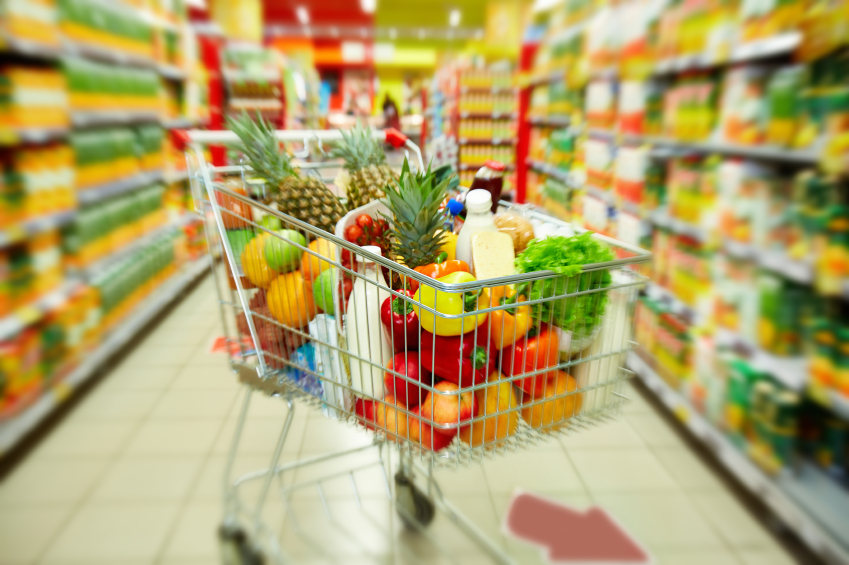
Op-ed: Make Manitoba’s food cost data publicly available
The following is an op-ed written by Joyce Slater, associate professor in the departments of food and human nutritional sciences and community health sciences, and Keren Taylor-Hughes, the chief executive officer of Winnipeg Harvest. It was originally published in the Winnipeg Free Press on Feb. 7, 2019.
Most of us have a good sense of what we spend on groceries, especially at this time of year when the pinch is felt because of the higher cost of fresh fruit and vegetables. However, it is important to have knowledge of food costs to gauge trends over time, and disparities in grocery prices between communities.
In our geographically diverse province, this information is critical for institutions such as hospitals, long-term care facilities and daycares to plan menus, and for health and social service organizations to assess the effects of food costs on family budgets and the well-being of Manitobans. The information is now doubly important with the release in January of the latest edition of Canada’s Food Guide.
In Canada, grocery prices are calculated within provinces using the “nutritious food basket,” a standard list of 67 foods defined by Health Canada that are minimally processed, commonly eaten by most Canadians and provide a nutritionally adequate diet. Basket pricing is typically conducted through regional or provincial health authorities in partnership with non-profit organizations.
Grocery stores are randomly selected in the geographic area of interest, and they grant permission for health/non-profit staff or volunteers to collect food prices. All provinces except Manitoba collect this data regularly, and most do so every one or two years. In fact, Manitoba has only produced one nutritious food basket grocery pricing report in the last decade (2011).
A coalition group spearheaded by the province (Manitoba Health, Seniors and Active Living) did collect grocery pricing across Manitoba in the summer of 2017, with the province taking responsibility for a preliminary report. However, the final report has still not been released by the minister’s office.
The coalition members, which include the Social Planning Council, Winnipeg Harvest, Dietitians of Canada, University of Manitoba, the Manitoba Association of Home Economists and the Heart and Stroke Foundation, have devoted significant time and resources to the project. As we approach the two-year mark after data collection, the province hasn’t committed to release data.
Despite the information becoming increasingly “stale,” the Manitoba nutritious food basket costing would be an invaluable tool for planning, education and awareness-raising about the cost of living in Manitoba. Perhaps it is the spectre of community organizations engaging in the latter that has kept the report on the shelf, given the austerity agenda of this government. Despite being in power for more than 2½ years, the Pallister government’s poverty reduction strategy is still “in development.”
The 2018 budget report “Reducing Poverty and Promoting Community Involvement” makes only one mention of food, and that is to herald the Affordable Food in Remote Manitoba program that subsidizes healthy food in remote northern communities. Only two communities are recipients of this program. Yet a recent milk pricing report by the Canadian Centre for Policy Alternatives found the cost of milk in northern Manitoba communities was up to $1.40 per litre higher than in Winnipeg (that’s about double), and even communities in close proximity had very different milk prices: the cost of one litre of milk in Opaskwayak Cree Nation was 23 per cent higher than across the bridge in The Pas.
The province should allow stakeholders access to the 2017 food-costing data immediately by releasing the 2016 nutritious food basket report.
The province should also conduct regular food costing, in line with other provinces. With Manitoba having the dubious distinction of being the second-poorest province/territory in Canada (only Nunavut has a higher poverty rate, according to the latest Statistics Canada data), this information is essential to help communities fight poverty and food insecurity.






